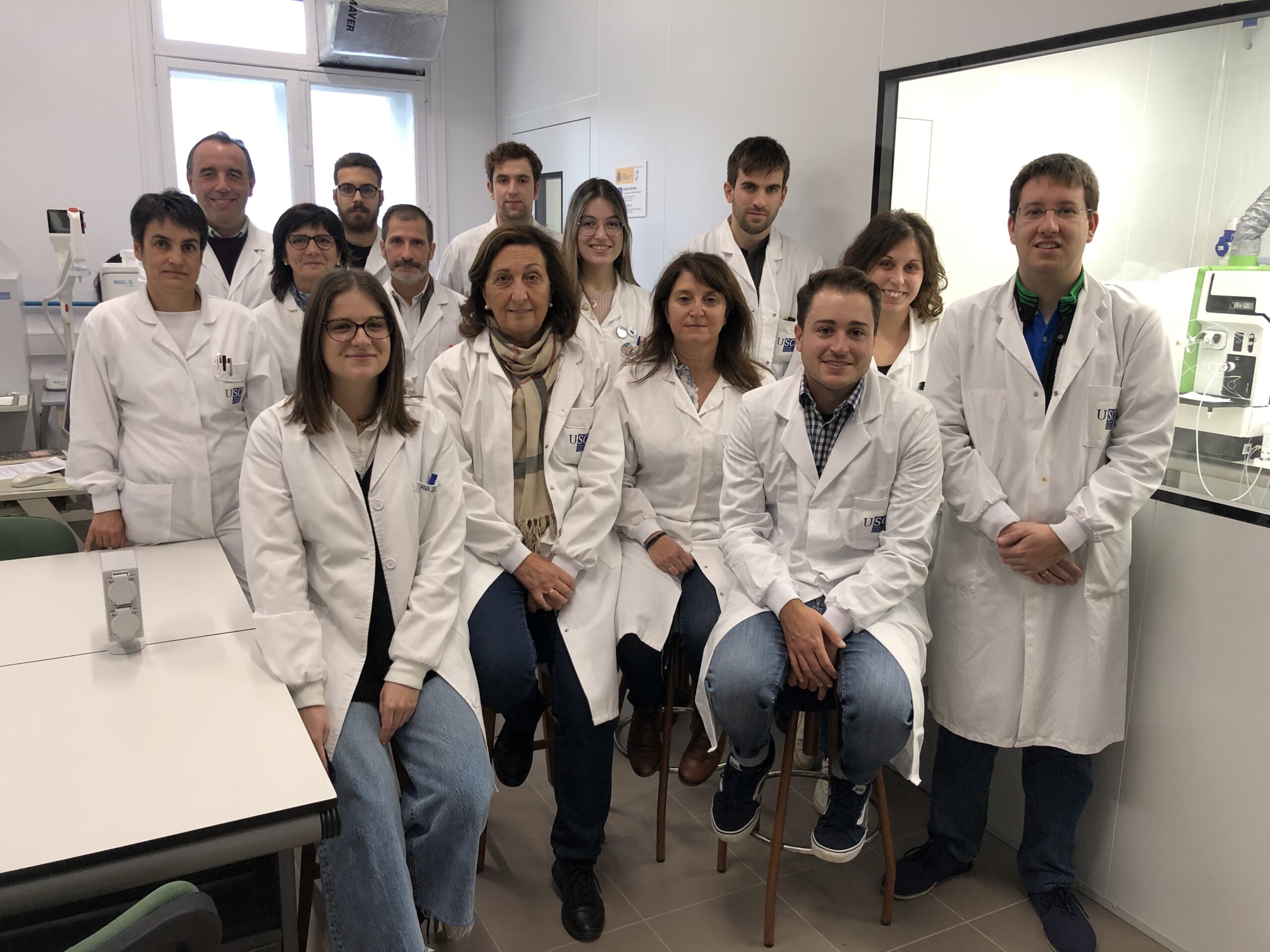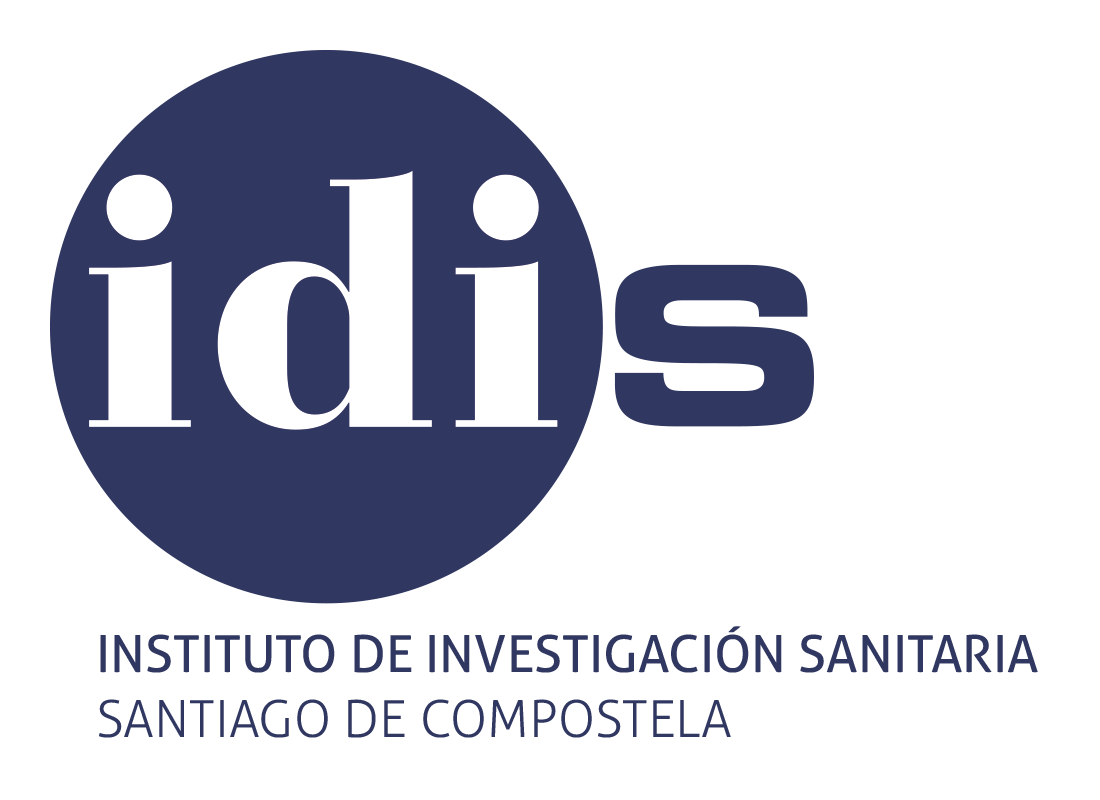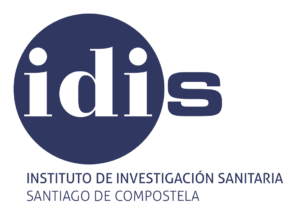ÁREA: ENDOCRINOLOGÍA

Objectives and lines of research
Objectives
The Trace Elements, Spectroscopy and Speciation Group (GETEE) created in 1990 belongs to the Department. of Analytical Chemistry, Nutrition and Bromatology at the University of Santiago de Compostela, has a staff of 6 permanent researchers, and several pre- and post-doctoral researchers. Its main objective is basic research in relation to the development of new analytical methods; for the study of Trace Elements and their Species in all types of samples, as well as for the study of various types of compounds of interest in the food, environmental and clinical fields. Other interests are metallomics and metalloproteomics, bioavailability of trace elements and alternative methods for sample preparation. It is a group with previous experience in national and European projects, as well as in collaboration with companies and public administration services. He has published more than 350 research papers, participated in 30 projects and trained 39 doctors.
Lines of research
- Development of Nanometrological Platforms in Analytical Chemistry
- Multi-elemental, chemical and functional speciation in natural nanoparticles: DOM, POM, biocolloids, proteins, etc.
- Development of sensors and biosensors using functionalized NPs, and use of Qdots for the study of metals in their different forms: organic or inorganic ions, organic molecules such as endocrine disruptors, drugs of abuse and their metabolites.
- Development of analytical methodology for the determination and differentiation of NPs in environmental, clinical and food samples.
- Metallomics and metalloproteomics: Development of methods for speciation studies of trace or ultra-trace elements in samples of clinical, food and environmental interest.
- Development of methods for the study of the bioavailability of trace elements in food samples.
- Study of the bioavailability of toxic elements in environmental samples.
- Use of alternative methods for sample preparation: Use of molecular and ionic imprinting polymers as solid phase extraction systems, also cloud point extraction, enzymatic extractions, etc.
Research team
Projects
Publications
- Suárez-Oubiña, C.; Herbello-Hermelo, P.; Bermejo-Barrera, P.; Moreda-Piñeiro, A. Exploiting dynamic reaction cell technology for removal of spectral interferences in the assessment of Ag, Cu, Ti, and Zn by inductively coupled plasma mass spectrometry. Spectrochimica Acta – Part B Atomic Spectroscopy. 2022, 187, 106330. doi: 10.1016/j.sab.2021.106330
- López-Mayán J.J., del-Ángel-Monroy S, Peña-Vázquez E, Barciela-Alonso MC, Bermejo-Barrera P, Moreda-Piñeiro A. Titanium dioxide nanoparticles assessment in seaweeds by single particle inductively coupled plasma – mass spectrometry. Talanta. 2022, 236. doi: 10.1016/j.talanta.2021.122856
- Taboada-López M.V., Vázquez-Expósito G, Domínguez-González R, Herbello-Hermelo P, Bermejo-Barrera P, Moreda-Piñeiro A. Biopersistence rate of metallic nanoparticles in the gastro-intestinal human tract (stage 0 of the EFSA guidance for nanomaterials risk assessment). Food Chem. 2021, 360. doi:10.1016/j.foodchem.2021.130002.
- Taboada-López M.V., Leal-Martínez BH, Domínguez-González R, Bermejo-Barrera P, Taboada-Antelo P, Moreda-Piñeiro A. Caco-2 in vitro model of human gastrointestinal tract for studying the absorption of titanium dioxide and silver nanoparticles from seafood. Talanta. 2021, 233. doi: 10.1016/j.talanta.2021.122494.
- Taboada-López M.V., Bartczak D, Cuello-Núñez S, Goenaga-Infante H, Bermejo-Barrera P, Moreda-Piñeiro A. F4-UV-ICP-MS for detection and quantification of silver nanoparticles in seafood after enzymatic hydrolysis. Talanta. 2021, doi: 10.1016/j.talanta.2021.122504.
- Chmangui A., Jayasinghe, G. D. T. M., Driss MR, Touil S, Bermejo-Barrera P, Bouabdallah S, Moreda-Piñeiro A. Assessment of trace levels of aflatoxins AFB1 and AFB2 in non-dairy beverages by molecularly imprinted polymer based micro solid-phase extraction and liquid chromatography-tandem mass spectrometry. Anal Methods. 2021, 13(30): 3433-3443. doi: 10.1039/d1ay00793a.
- Moreda-Piñeiro J., Cocho JA, Couce ML, Moreda-Piñeiro A, Bermejo-Barrera P. Trace elements in dried blood spots as potential discriminating features for metabolic disorder diagnosis in newborns. Metallomics. 2021, 13(5). doi: 10.1093/mtomcs/mfab018.
- Alnaimat A.S., Barciela-Alonso MC, Herbello-Hermelo P, Domínguez-González R, Bermejo-Barrera P. In vitro assessment of major and trace element bioaccessibility in tea samples. Talanta. 2021, 225. doi: 10.1016/j.talanta.2021.122083.


